I think this picture captures the essence of what marketing communication needs to do.
Empowering people to be accepted. Loved by the people they want to be loved by.
Everything we do. Everything we buy. EVERYTHING, has an element of helping us to be accepted. To fit in.
Impress enough to climb the social and professional ranks. Avoid the ridicule that would drop us down – or worse – exclude us. If something doesn’t empower us, it’ll be rejected.
That’s what good marketing communication does. Convince people that whatever is being offered will help them to fit in.
And that’s it. Nothing more. And nothing less.
If you’d like some tips on how to pull that off, scroll down, or click here.

Many people working in advertising and marketing say that there’s a correlation between how much money you spend on advertising relative to your competitors and how much of the total market that you get to sell. Suggesting that it’s more important how loudly you shout your message rather than what the message is. And they’re right.
You’d hope that the reason for this would be that everyone’s ads are so good that people find it difficult to choose between such excellence. And so the loudest voice wins. Unfortunately, the polar opposite is the case.
Studies show that well over 80% of TV ad campaigns are useless. And if campaigns that appear within a medium that is one of the most effective get little to no recall, let alone response, then God help the campaigns placed within any other medium.
Unfortunately, most ads work on little more than mere exposure effect. Basically, the product names that get shown the most getting more sales. Nothing to do with more effective messaging, and horribly inefficient.
Why are the results so bad? You can find a lot of the reasons in the Useful tips lower down the page on this site, but the most common reason is a poor understanding of the people that the campaigns are supposed to be influencing. If you don’t understand those you’re trying to influence, you have little chance of knowing what will influence them, and so influencing them with ads becomes very difficult. And inefficient. Too often than not, marketers simply bombard people with harmless wallpaper that’s more or less ignored. Until it’s finally shown enough times, at great expense, that it seeps in.
This lack of effect leads marketers to believe that people don’t care about brands and advertising (nothing could be further from the truth). To counter this, rather than work to understand the audience, and how to push their buttons, they take the lazy way out and do something ‘controversial’ in order to stand out. And they end up with a BudLight.
This is particularly dangerous when advertising and marketing people can’t remove themselves from whatever target audience they’re supposed to be communicating with. Too often, they end up talking to themselves while leaving the actual target audience cold. Or pissed off.
A sure-fire way to know if you’re about to spend a small fortune talking to yourself is if you ever hear the words ‘gut feel’ from your ad agency and/or marketing department. That means they’re using themselves as the subject for their target audience research.
Understanding these fundamental flaws, that are ubiquitous throughout the marketing and advertising industry, provides a significant competitive advantage for any brand that avoids them. It allows them to take huge chunks of their competitors’ business with a fraction of their ad spend.
We look at whatever we’re advertising and understand how it could make someone fit in. For example, no one buys a facial moisturiser to moisturise their face. They buy it in order to fit in with other people.
If you analyse the sales results generated by different ads for different facial moisturiser brands, those that suggest the product makes a person not only fit in, but increases their position with the hierarchy of the group, always win. Hardly surprising. Every salesperson worth their salt has known for decades that selling the sizzle is far more effective than selling the steak.
Just telling people that a product exists, what it does, and/or how much it costs will produce some effect, but no one needs to hire an agency to do that for them.
We find out as much about those that the product can work for, including who it is that they might want to use the product to fit in with – or at least not look like an idiot for choosing that product.
And we know that those people are most likely not us. In fact, chances are that they wouldn’t want to have anything to do with us – or anyone involved with advertising and marketing – just look at every year’s Veracity Index – https://www.ipsos.com/en-uk/ipsos-veracity-index-2022. So, we do everything totally objectively and not look at things through a mirror, because, at best, that will severely limit the product’s appeal and handicap its growth.
Just like Oatly have done. By only talking to themselves and people like them – while irritating everyone else – their marketing team has inadvertently created a niche product. This makes it extremely costly to grow sales, because the number of ‘them’ in each country is so limited that the only way to do it is to spread geographically.
During our analysis, we usually find that the market for the products we work with is much wider than our clients initially thought, and that a lot more people could be switched on to it. But each of them may have quite different triggers that will make them consider it. For example, when working with Nicorette, we found that some would use it to allow them to fit in with their kids – because they believed that their kids thought that they stank (sometimes the kids tell them). While others would use it so they didn’t need to look like loser addicts by having to sit in the smoking box at the airport, or stand out on the street in front of their office.
Interestingly, very few bought a nicotine replacement product as a result of some of the most common strategies these brands use – developed by advertising and marketing people who didn’t do their homework on the actual audience, but looked at their non-smoking-selves instead. The audience rejected brands that targetted ads to smokers within specific no-smoking areas, because the brand became the oppressor. Far better to speak to them in smoking areas that they’d rather not be in where you become an ally. Someone who could help them escape. They would also avoid brands that spoke to them as if it was a cure for their smoking sickness – smokers don’t see themselves as suffering from a sickness, and they resent anyone who might suggest that they do.
Once we’ve found the opportunities – both the product’s appeal and who it will appeal to – it’s relatively easy to exploit them. We’ve removed the guesswork from what to say, how to say it, and how to get the message to those that will generate the best return.
There is never any need to guess. No need to do anything ‘bonkers’, as a certain excruciatingly dim boss of a rather large agency that rhymes with ‘Ogilvy’ blathers on about in social media and books. There’s never any need to do anything ‘counter-intuitive’ – because who’s intuition are you trying to counter? Nor should you ever need to be ‘brave’. Neither mean you’re being creative. You’re just gambling with your eyes closed because you’ve not done your homework. And I’m afraid no one in any agency has a superpower that makes their counter-intuition or bravery any better than yours. You’re just setting yourself up for failure, and the inevitable excuse that, “It will do something over the long-term.” It might do something after it’s had a ton of media money spent on it, but by then you won’t be seeing much of a return on your advertising investment.
And we always entertain – because entertainment is something that everyone finds Useful. In fact, it’s the thing that most people find most Useful in their lives. And if we’re going to be funny, we make sure we know what the audience finds funny. We aim for their funny bone, not ours.
And we make damn sure the media and the message are working together. One is never decided without the other. The idea of separate media and creative agencies was great for the agencies’ senior managers’ incomes, as it increases the number involved with an advertiser’s business – along with the total amount of agency fees, but it has caused more harm to the efficacy of advertising than pretty much anything else. The media task is incredibly simple, especially in small countries like Sweden that can only support a very simple media market.
No one is allowed to develop any creative work for any medium if they don’t understand the visibility of that medium and what it’s capable of doing. Not following that rule is how all of those posters that look like press ads get posted every single week. Ads that waste at least 75% of the media spend because hardly anyone can read all of that tiny copy – even if they wanted to.
It’s also why so many short commercials are run on linear TV by people who don’t understand that they deliver far worse returns on investment than longer ads. These people think that every rating they buy on TV is actually seen – they’re not – the peoplemeter audience measurement system isn’t that good. These people don’t realise that short films need to be shown far more times than longer films just to be noticed. Campaigns using shorter films costs more to get the same effect because not only does airtime for shorter films cost a lot more per second, but reach curves for higher exposure frequencies take a while to get off the ground, and then flatten really quickly.
It’s how hatred towards online ads is bred, because too many creatives and media owners focus too much on the click, and so everything becomes an immediate product benefit and/or price hard sell (you rarely see much sizzle on the web) that is repeated far too many times. A good ad only needs one well placed exposure. A crap ad needs none.
So we always try to design any ad to make sure it works after being seen only once. Because that’s all anyone is likely to give you. Few read, or even pay attention to an ad twice to give it a second chance.
Ads need to work fast. One handy trick to help make that happen is to start the development of any ad as a poster with no more than 8 words – because posters get less than a second of anyone’s attention on average. If it works in that format, then it can become anything else – TV film, press ad, web banner, etc. Hard to do, but that’s why we get paid the big bucks.
For more on how we think when we do ads*, check out the tips. They’re always being added to, so check back now and again to see if we’ve added any new pearls.
*One other thing, when I write ‘ads’, it’s shorthand for all forms of commercial communication, to both paid for and earned audiences. It’s all advertising to them. And us.

Don’t try to change them. Empower them.

Never look at your target audience through a mirror

Make them laugh or make them angry

You're almost never them
They hired someone because of what she was rather than who she was. So she thought she didn’t need to do her homework. She thought her gut-feel was enough. A gut-feel based on her beliefs, experiences, and what she’d consumed in her media.
Surrounded by people who wouldn’t dare go against her stupid ideas and appear ‘fratty’ or ‘out of touch’ because they hired her because of what she is.
What’s funny is, if is this had not gone so spectacularly badly, but only dragged the brand down by an amount that could be covered up by the good stuff Bud Light does, it probably would have been handed an award or ten by other marketers.

People care about brands and advertising. A lot.
The text in the picture comes from a review of the latest book by Jenni Romaniuk, who works at the Ehrenberg-Bass Institute for Marketing Fuckwittery. It appeared within our local advertising trade publication – Resumé
The translation of the first sentence is: ‘People don’t care about brands or advertising’ (the rest blathers on about how the guy writing this review likes that this is the basis for the book).
This became popular to say within ad agencies a few years ago. It was a convenient excuse for why so little of what the industry produces does anything.
The review appeared about a week before the Bud Light mess kicked off.
Still think people don’t care about brands and advertising?

Measure the harm your marketing is doing. Especially your digital marketing
I regularly see the harm done to brands by poorly thought out campaigns. Online campaigns are the worst offenders. Cheap to produce, and so not much thought given to them before they’re released into the wild. The damage is easy to see and quantify in lost business, but it seems few monitor it, and even fewer take action. Probably because they don’t know how.
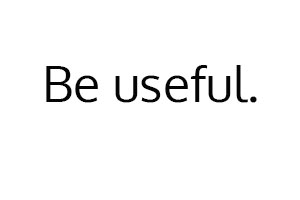
People will only respond positively to your commercial communication if they find it useful

Chasing relevance on the web can wash the cool out of your brand
Many advertisers’ definition of relevance is too rational. People often aren’t buying what companies think they’re selling.

There’s no such thing as an irrational purchase
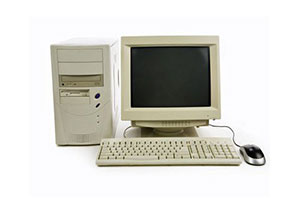
Digital media seems easy for those with a little knowledge, impenetrable to those with none, and sickening (or vastly profitable) for those with a lot
But who cares? You’re seeing a decent short-term return yeah? But careful with that brand. It’s more important now than it’s ever been before.

The ad industry destroys its product when it imposes what it thinks it believes in
Remember ad industry, most of your clients’ target audiences could teach you a thing or two about morality and good behaviour.

Making someone feel good is the core of being useful

Useful leads. Relevance follows.

Be the red sheep

Combat ad fatigue with useful adverts

Over 80% of ads are useless

When pre-testing image ads, ask them what they think their mates would think about it

All the data in the world is useless without a good question
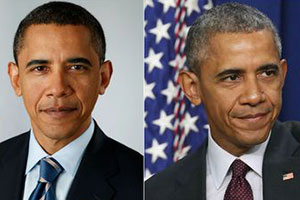
Linear TV channels are ageing faster than their audiences

A great product and excellent service keeps the cool firmly attached
When the zip broke on my five year old Woolpower jacket and I asked them if I could buy a replacement, a very pleasant women asked simply how long, what colour, and where should she send a free zip. It only cost them the price of a stamp and a zip to get a ton of love in the form of additional goodwill and sales.
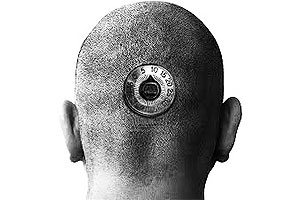
All the data in the world is useless without an open mind
The more we live our lives on a stage, the more important the props become
Buying brand image advice from an industry with the second worst brand image - just above politicians - seems like an odd thing to do
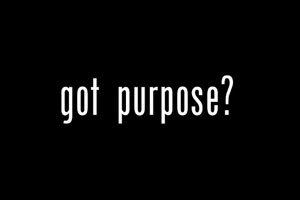
Why would anyone hire an agency that can’t give a compelling reason for its own existence?

Why would anyone hire an agency that can’t give a compelling reason for its own existence 2?
“What will be most difficult for media agencies in general in the next few years?”
“People in the media agency industry need to take a step back and really think about what adds value to the customer. Much of the work that agencies used to do earlier can now be done automatically.”
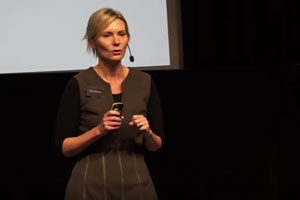
This is Prof. Karen Nelson-Field
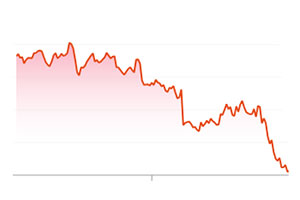
Advertisers are noticing that agency groups aren't very useful
It has survived by a) having control of the means to produce and deploy campaigns, and b) having limited accountability due to limited measurement. But digital has changed all that. Now anyone can produce and distribute commercial communications, and easily gathered response data is showing that the well paid agencies don’t do any better than some kid on a laptop in his bedroom. The creation of commercial communications can currently be likened to the room full of monkeys on typewriters coming up with a Shakespeare sonnet now and again. There are now a lot more monkeys, and how much you pay them doesn’t seem to increase the chances of success. It’s about time the industry figured out how to knock out a sonnet on the first, second, third, fourth and fifth time of asking. Or at least know how to recognise those who can. Applying useful communication principles would fix a lot of its problems.

If you ever hear yourself say the words 'med glimten i ögat', prepare yourself for the fallout

Gut-feel (magkänsla) has wasted more marketing money than possibly anything else in the history of advertising
Gut-feel is applying your past experience with something to something completely different. You’ll hear stories about people saving the crash by using their gut-feel. You don’t hear from those that caused the crash because they used their gut-feel. They either don’t want to admit it, or they’re still smouldering. I’d happily bet Useful’s entire revenue for this year on my research and data based campaigns generating more sales and brand strength for an advertiser than any agency’s unqualified gut-feel.

Know when you're sponsoring amateur hour and understand the risks

Base your copy testing decisions on the cost of lost sales not the cost of producing the ads
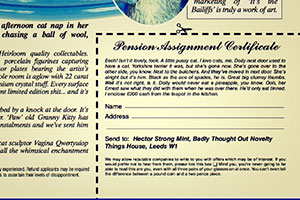
The average coupon response in 1986 was 2.5%. Today, digital response is about 50 times worse

Measure the harm your marketing is doing. Especially your digital marketing
I regularly see the harm done to brands by poorly thought out campaigns. Online campaigns are the worst offenders. Cheap to produce, and so not much thought given to them before they’re released into the wild. The damage is easy to see and quantify in lost business, but it seems few monitor it, and even fewer take action. Probably because they don’t know how.

Uniting against is easier than uniting for
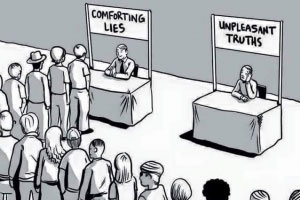
Understand your own cognitive dissonance so you can understand your target audience’s
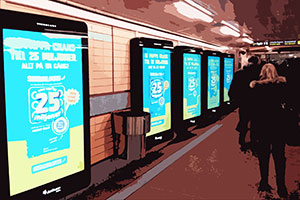
Multiple posters bought in the same location are a waste of money
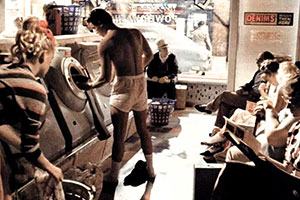
Know when you're doing direct response or fame advertising
Direct response is selling off the page/screen. There’s an immediate reason to buy offered in the communication. This usually isn’t the reason people should trust you (or at least it isn’t the entire reason). This is provided within the fame communication. This makes you famous for something that you can be trusted to deliver. It can be as simple as strengthening a reputation for actually delivering the goods on offer, or as complex as delivering cool.
Direct response communication can sometimes deliver the fame (especially with value brands), but more often than not it can’t.

Putting the message in the first 2 seconds of your online video ad isn't going to work
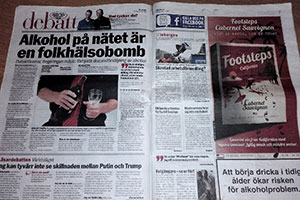
Don't pay for badly handled ads
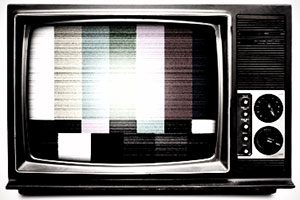
40 to 45 seconds is the most efficient linear TV spotlength

Most of the audience you buy in any medium doesn't automatically exist

In a world where there are more media outlets than content, it’s easy to come up with gimmicks that wow the media (and the ad industry)

Getting a 94% discount in Swedish media isn’t that hard

Always buy audience or response; never spots, pages, sites, banners...

You know it's easy to work out an average market price for commercial media right?
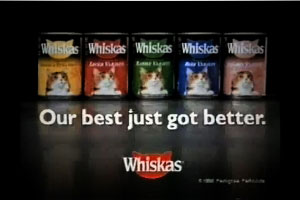
If you can't find a use, use language
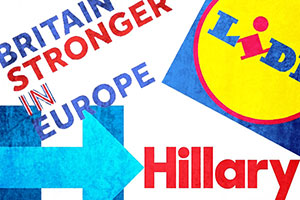
Don’t try to get people to like you by telling them that they’re wrong
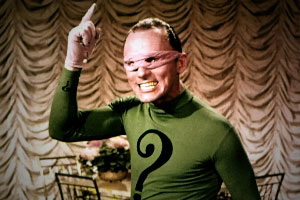
Phrasing lies as questions allows communicators to get away with murder
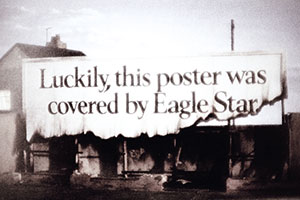
The audience you pay for when you buy outdoor posters has less than a second to see your ad

Buying all of the ad pages in a magazine (or breaks on a TV channel, etc) is a waste of money
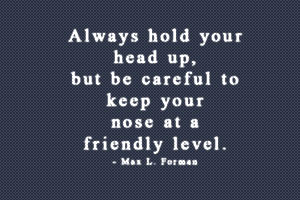
Don't be a snob

Write about them. Not you.

There's never been a better time to get the over-fifties

Incredibly, someone got paid to produce this poster rather than banned from ever doing it again

Running more than one creative execution will generate more effect from the same media spend
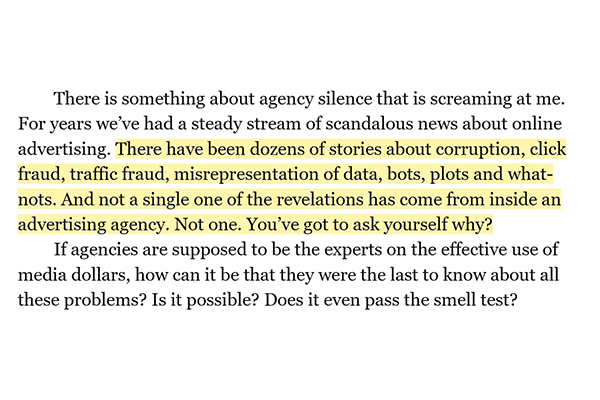
Are they really working for you?

Any media market that needs a 70% discount to achieve an average market price is likely to be corrupt
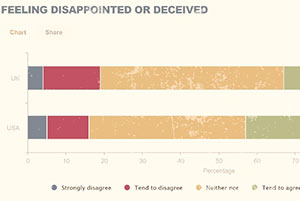
Native advertising is seen as deceptive

A lot of people doubt themselves. Removing that doubt is very useful.

”We don’t make mistakes, we just make updates”
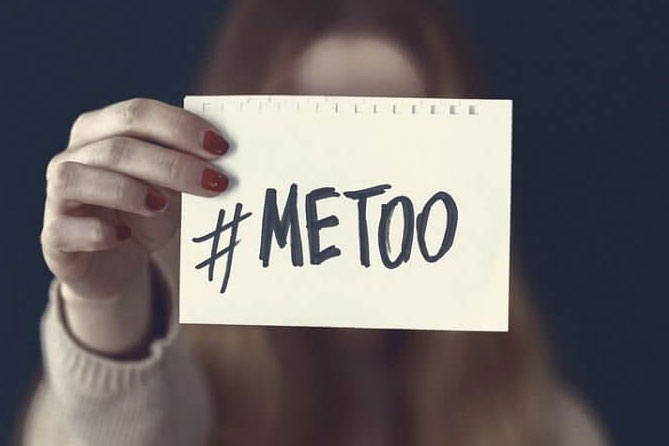
If you’d feel uncomfortable if your daughter worked there, then maybe you shouldn't place your advertising there
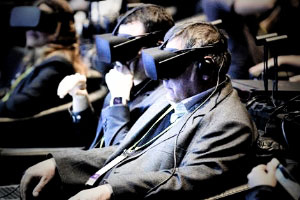
Don’t do VR for VR’s sake

The drive for total immersion is hindering the development of VR

No one wants an online fridge

Increasing share-of-voice often has no positive effect on brand share

Viewability problems aren't just a digital thing

Packaged media is the killer of campaign efficiency

The most successful YouTubers use useful communication
Don't be dishonest

Trying to be good with insufficient understanding can kill
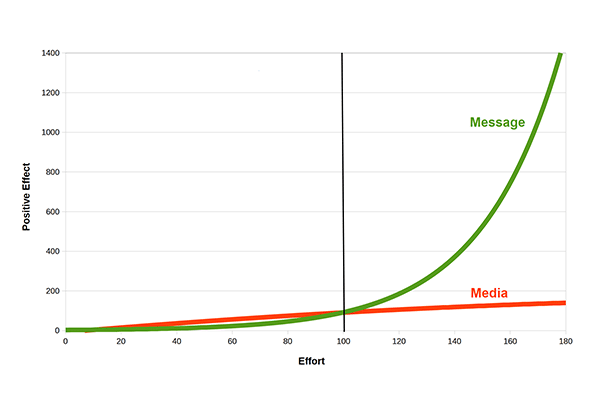
More useful creative generates a better return than more media

When writing for the youth, dare to be naive, superficial and idealistic
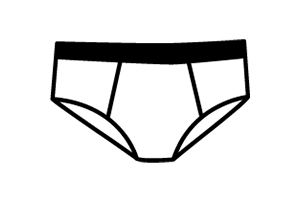
On a poster, don't write any more than...
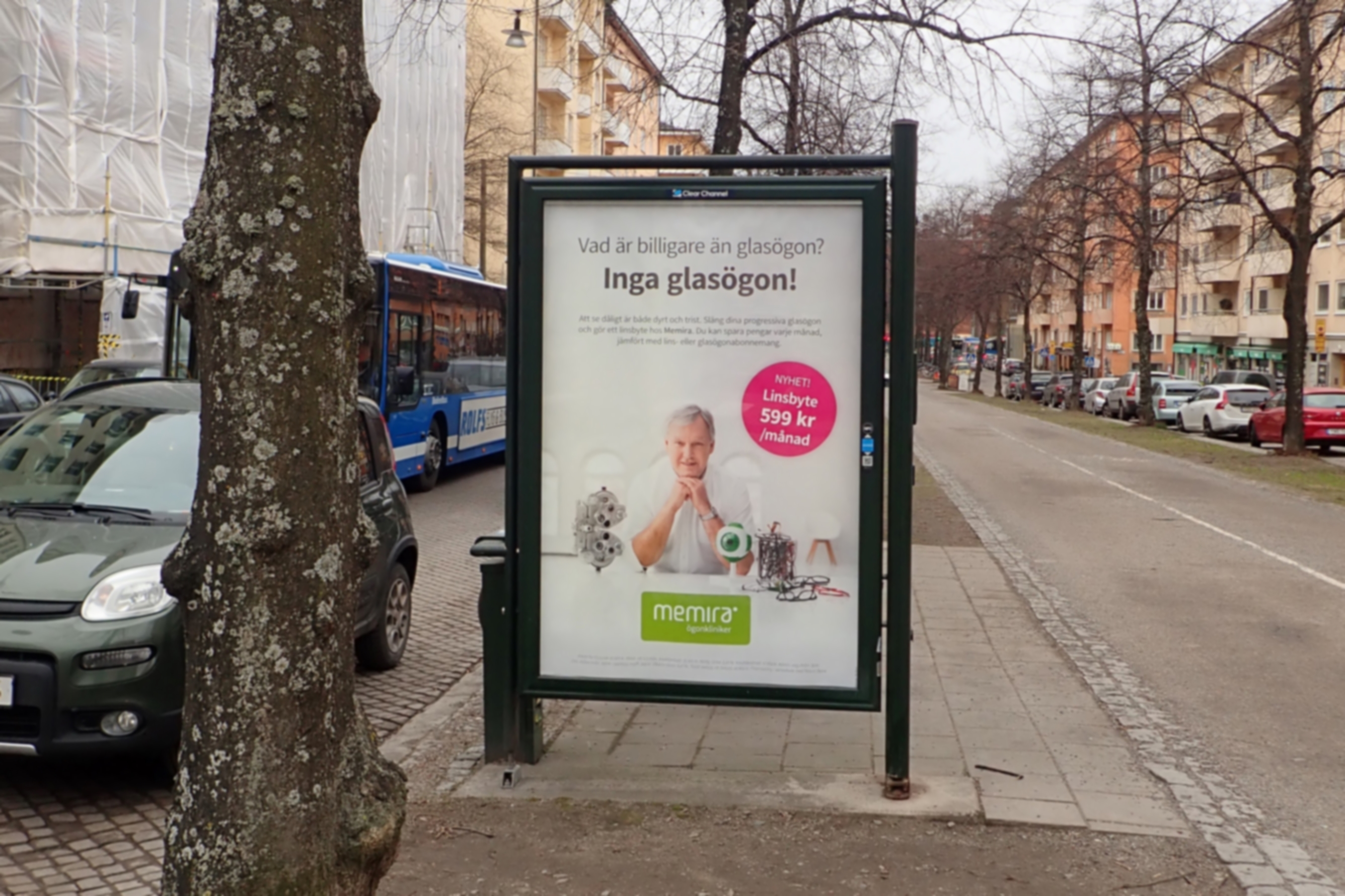
Try to understand your target audience

Don’t use your ads to try to answer all of the questions
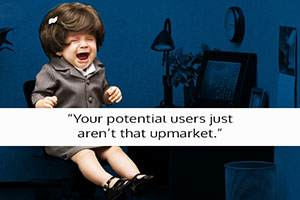
A fear of offending clients leads to useless ads
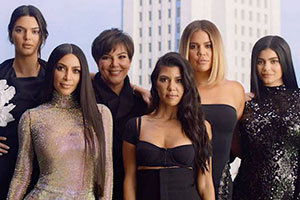
Despite the headlines about ad fatigue, more people are ad-dicts than not

The environment within which you place your ad is important
“Oh yes. And there’s a Max up ahead. Are you still hungry?”
“No.”

Are your creatives superheroes or people who can’t put their pants on right?

An agency without Orvesto? Completely senseless.
And the dimwit who wrote a story a year or two about his own inability to fill in the questionnaire is just that. He never bothered to check how the data was collated, analysed, and double-checked for accuracy. He just looked at everything through a mirror.

Work with people who are used to putting everything on the line. And are still alive.

Inform yourself and dodge the bullshit

The young live in the future. The old live in the present.
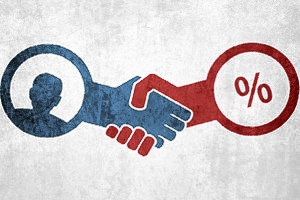
Paying your agency a commission on media spend makes no sense

...it’s even worse if you’re a multi-national advertiser

...and never pay your agency a percentage of discounts they achieve on your behalf

Death and sex

How to improve these companies' advertising efficiency by at least 100%

Opinions are usually formed by relationships and cash

Never show it until it’s done and you’re happy with it yourself

Beauty is judged through the lens of relationships and bank accounts

Go away and do something else for a bit
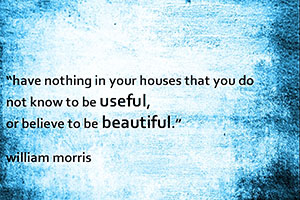
The same goes for your adverts
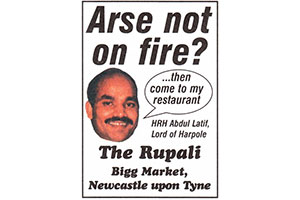
If you don’t know your audience intimately, you won’t know what tickles them
Always write ads for the target audience, never yourself (if you’re not a member of that audience).
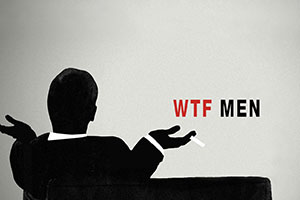
If you can’t work out an agency’s brand, don’t trust them with yours



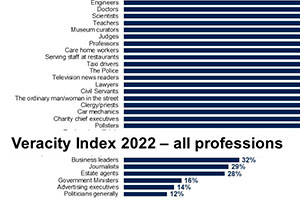
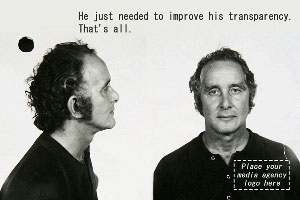
Showing up to a social event with an agenda can get awkward quickly